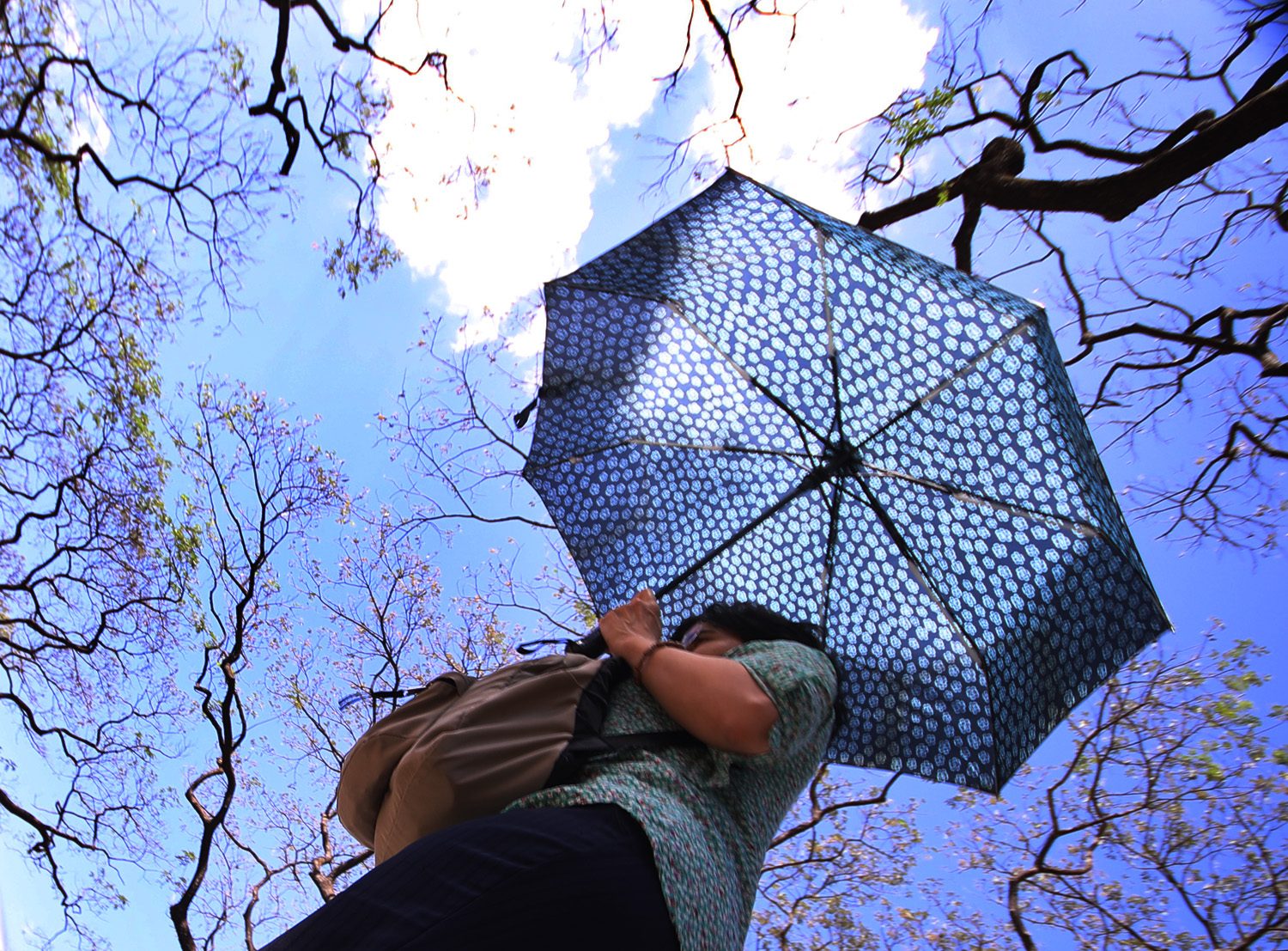SUMMARY
This is AI generated summarization, which may have errors. For context, always refer to the full article.

MANILA, Philippines – The state weather bureau is now in the El Niño Advisory stage, the last stage before it is expected to declare “full-blown” El Niño this year.
In a press briefing at 12:30 pm on Wednesday, February 20, the Philippine Atmospheric, Geophysical, and Astronomical Services Administration (PAGASA) said it already upgraded its El Niño Southern Oscillation (ENSO) Alert System.
PAGASA defines ENSO as “a naturally occurring phenomenon of the climate system resulting from the interaction between the ocean and atmosphere in the central and eastern equatorial Pacific.”
El Niño is “the warm phase of ENSO.” According to PAGASA, it occurs every 2 to 7 years and lasts 8 to 12 months.
PAGASA said weak El Niño conditions are already present in the tropical Pacific.
“Climate monitoring and analyses indicate that the unusually warm sea surface temperatures in the central and eastern equatorial Pacific which started since November 2018 is expected to become a full-blown El Niño,” the state weather bureau said in a statement on Wednesday.
Over the Pacific Ocean during El Niño, “winds from the east become weak and unable to push warm water towards the western Pacific” so “clouds form away from the Philippines,” leading to less rain.
When full-blown El Niño is declared in the Philippines, PAGASA said Filipinos should expect the following:
- extended dry season
- delayed onset of the rainy season
- weak monsoon activity
- fewer tropical cyclones
- below normal rainfall, with dry spell or drought conditions in most parts of the country
- above normal air temperature
Already, PAGASA expects the number of tropical cyclones in 2019 to be below average. From the usual 20 tropical cyclones per year, only 14 to 18 are expected in 2019. (READ: LIST: PAGASA’s names for tropical cyclones in 2019)
“All concerned agencies and the general public are advised to take precautionary measures to mitigate the potential adverse impacts of El Niño. PAGASA will closely monitor these conditions and regular updates and advisories shall be issued as appropriate,” said PAGASA. – Rappler.com
Add a comment
How does this make you feel?
There are no comments yet. Add your comment to start the conversation.